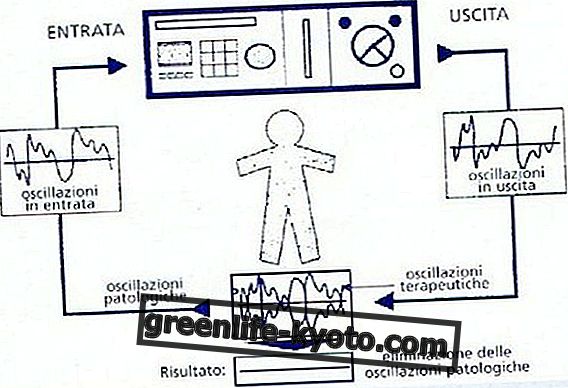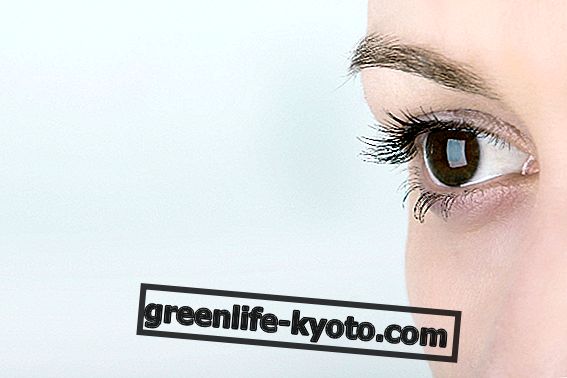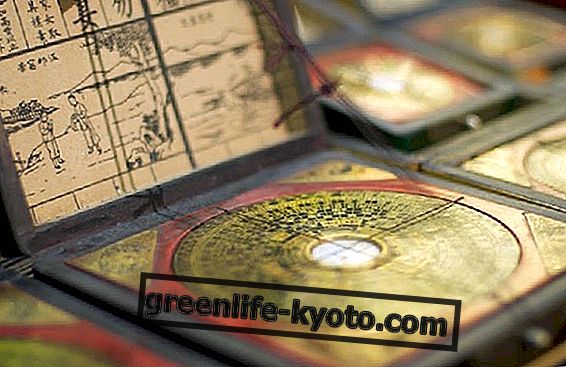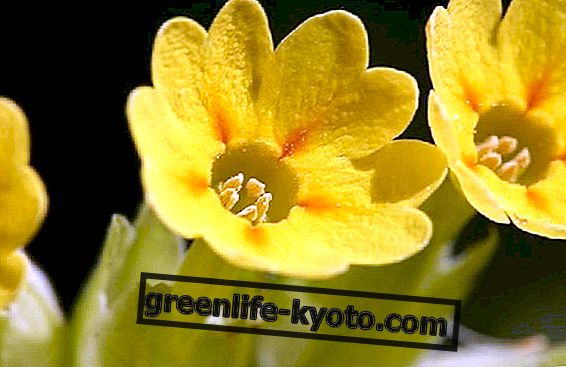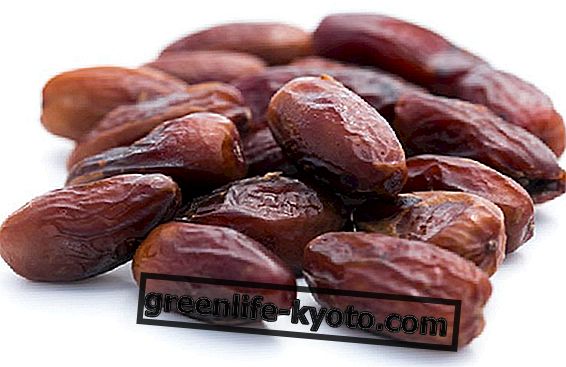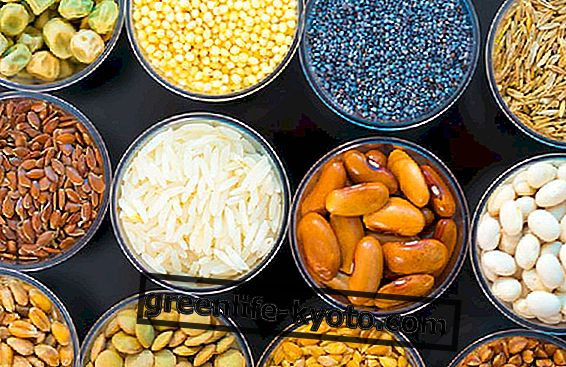Edited by Veronica Pacella, Nutritionist
Plant sterols, or phytosterols, are compounds similar to cholesterol and therefore useful to compete against its absorption by the intestine. Scorpiamoli better.

What are phytosterols
Phytosterols are cholesterol-like compounds, to which they are both structurally and biosynthetically related. They belong to the family of triterpenes and exist in free or esterified form.
Free sterols are part of the plant cell wall, where they play an important structural function, while their esters are products of accumulation and intracellular reserve. Currently more than 250 phytosterol molecules have been identified, among which the most abundant is beta-sitosterol, followed by campesterol, stigma sterol and brassica sterol.
What are phytosterols?
Phytosterols are able to compete with the absorption of cholesterol in the intestine, reducing the percentage of absorption in a dose-dependent manner. Once absorbed in the intestine they are transported to the liver through the chylomicrons such as cholesterol. Through this mechanism they reduce the hepatic uptake of cholesterol of animal and biliary origin, thus forcing the hepatocyte to increase LDL uptake via the receptor and reducing their plasma concentrations.
The absorption of phytosterols is significantly lower than that of cholesterol, because the phytosterol molecules that enter the red blood cells are rapidly re-excreted in the intestinal lumen by carriers (membrane transporters).
The reduction of intestinal cholesterol absorption (both of alimentary and biliary origin) obtained with the use of phytosterols results in a decrease in total cholesterol and LDL of 9-10%. No significant effects on triglycerides or HDL cholesterol are observed.
The cholesterol-lowering action of phytosterols is maintained over time if their intake is regular. The suspension of their consumption is instead associated with a rapid return to the pre-treatment values of cholesterolemia. The safety of use of phytosterols, based on the available data, seems excellent.
Since phytosterols are not synthesized by the human body, their circulating levels depend exclusively on the dietary intake and on the efficiency of their absorption.
Phytosterols among the natural remedies against high cholesterol: discover the others

Where are the phytosterols
The main dietary sources of phytosterols are vegetable oils, dried fruit, cereals and derivatives, sprouts, cabbage, cauliflower, green and black olives. Nuts and macadamia nuts also have phytosterols.
Foods of non-vegetable origin also include: egg yolk, mammalian liver and shellfish.
Dosages and contraindications
The phytosterols, at the concentrations useful for obtaining a reduction in the plasma levels of total cholesterol and LDL, are clinically safe, as demonstrated by the results of the studies. The suggested dose for supplementation is 1.5-2.5g / day.
READ ALSO
The properties of fucus, rich in phytosterols

